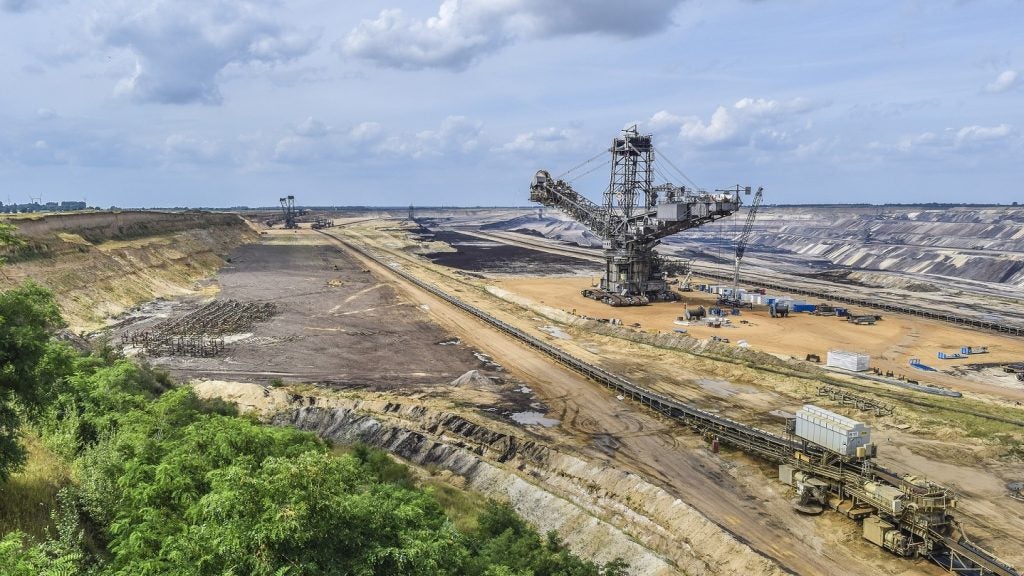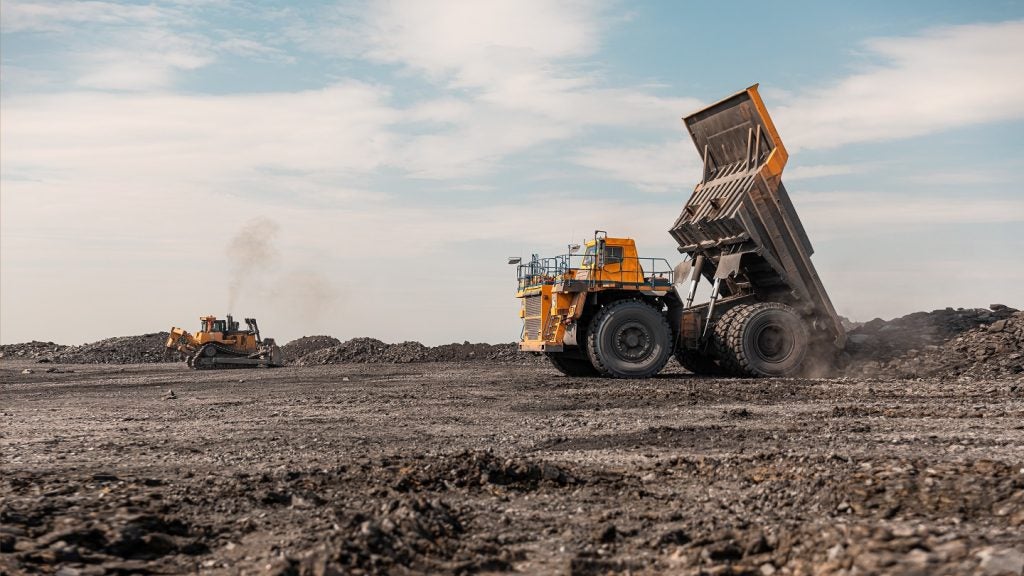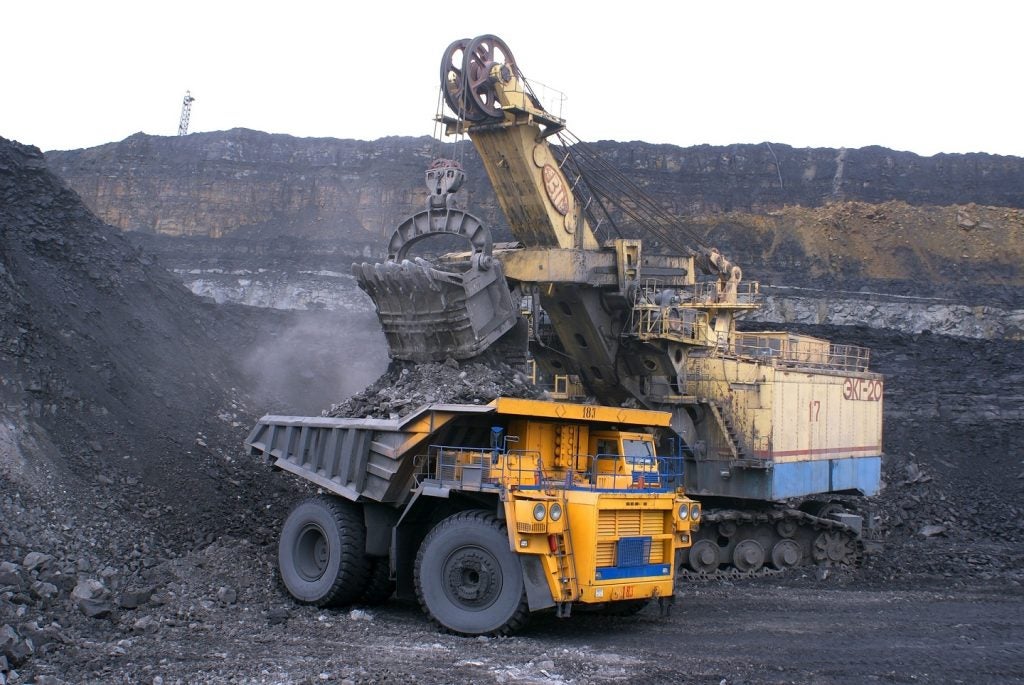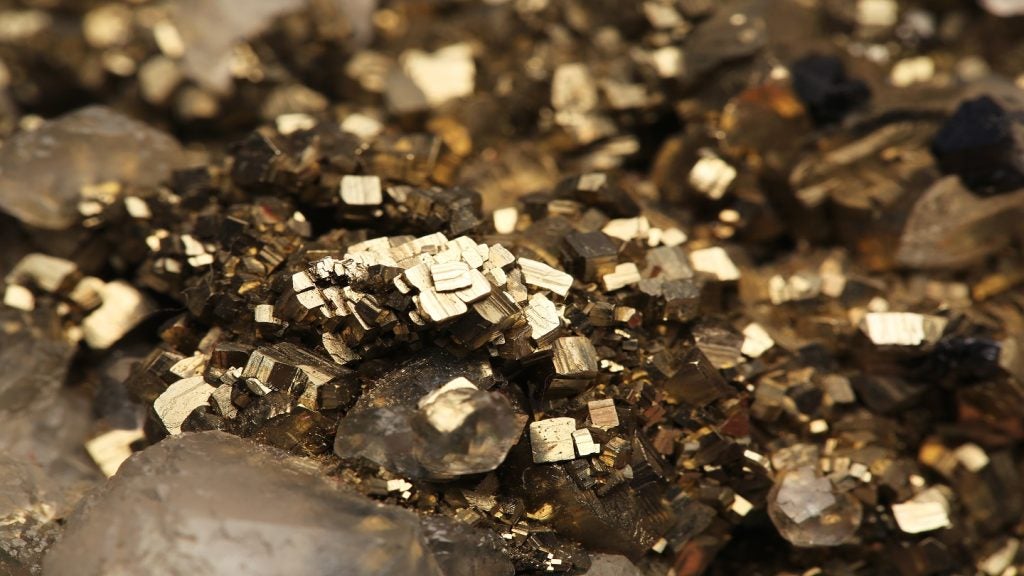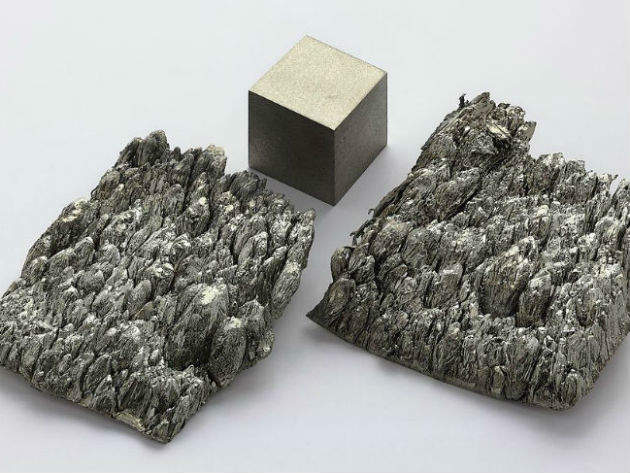

In column three of the periodic table, the first of nine dedicated to transition metals, is a little -known element called scandium. A silvery white substance, it can be found in many rare earth and uranium deposits but in such small quantities that it’ has not oftenrarely made sense to extract it. In fact, scandium can be found in the deposits of 800 different types of mineral yet is only the 50th most abundant element on earth.
While the substance has few uses, the ones it does have makes a big difference to their relevant industries. The aircraft and automotive industries discovered in the 1970’s that if they alloyed aluminium with scandium it could produce a stronger, more corrosion-resistant building material. This alloy was strong enough to be welded rather than riveted, resulting inadding up to lighter, more fuel-efficient craft that are cheaper to produce and run.
For the aircraft industry in particular, the need to produce more fuel-efficient craft is pressing. In February, the International Civil Aviation Organization -, a UN-based agency that sets global standards for the airline industry -, secured a binding agreement that will force new aircraft to achieve a 4% average reduction in fuel consumption by 2028 compared to 2015 levels. The largest commercial craft are expected to reduce consumption by as much as 11%.
Aluminium / scandium alloy could play a significant role. The problem is that manufacturers have never been able to get hold of sufficient scandium supplies. Worldwide production is estimated at just 20 tonnes per year, with the majoritymost coming as by-products from Russian and Chinese mines.
See Also:
High-grade, high-quantity, highly anticipated
Recent developments in Australia, however, could see the market open right up. Over the past few years a number of unprecedentedly large, high-grade scandium deposits have been discovered in the south-eastern state of New South Wales and north-eastern state of Queensland.
How well do you really know your competitors?
Access the most comprehensive Company Profiles on the market, powered by GlobalData. Save hours of research. Gain competitive edge.

Thank you!
Your download email will arrive shortly
Not ready to buy yet? Download a free sample
We are confident about the unique quality of our Company Profiles. However, we want you to make the most beneficial decision for your business, so we offer a free sample that you can download by submitting the below form
By GlobalDataNot only is this the quality and quantity that has long been sought after, but it comes from a transparent market in a democratic country, with which more companies are comfortable doing business.
Three mining projects, all of which will focus primarily on scandium, are advancing quickly towards realisation. The Nyngan project in New South Wales is a $100m open -cut mine majority owned (80%) by Canada’s Scandium International Mining Corp.
The operation is forecastprojected to produce 80,000 tonnes of high-grade scandium ore and 95,000 tonnes of low -grade ore per year, which translatinges to around 40 tonnes of scandium oxide, the primary form of refined scandium. Set to begin construction in 2017, the life of the mine is 21 years and Canada’s Scandium International Mining Corp is majority owner with an 80% stake.
Its main rival to be the first ever scandium-focused mine is the Syerston project in New South Wales, an $80m, open -cut project operation also set to start construction next yearin 2017. With an estimated life of 20 years, it aims to produce 78,000 tonnes of scandium ore a year, with the intention of refining that which it aims to turn into 42 tonnes of scandium oxide.
Interestingly, the project is not run not by a traditional mining company but by CleanTeQ, an Australian technology company that specialises in water treatment and resource recovery. The company has a proprietary ion exchange process known as resin-in-pulp, which helps extract ore from pulp more cost -effectively. It The company already has two heads of agreements with possible cornerstone customers in the aviation business.
“One of the constraints that a company like Airbus has faced in the past is the availability of the metal, which leads directly to pricing issues for the metal as well,” says CleanTeQ chairman and CEO Sam Riggall. “It’s a very expensive metal in the market today simply because its supply is very little.
“We’ve entered into a heads of agreement with the Airbus group to look at how we can apply scandium, in particular alloys, both in 3D-printed applications and potentially fuselage applications,” he adds.. “We’ve also announced a heads of agreement with Universal Alloy Corporation in the United States. They are one of the largest suppliers of extruded parts to the aerospace segment.”
A third project, which has only recently has gotten moving, is called Owendale, again based in New South Wales. That is run by Australian precious and speciality metals miner Platina, which plans to produce 30 tonnes of scandium oxide per year for over a 70 -years period. Capital costs are estimated at A$73.5 million (US$55 million).
Risk of scandium oversupply?
The three projects are predicated on the fact that an increase in supply will give companies the confidence to embark on all the scandium-based projects they were unwilling to attempt before. It’s difficult to ascertain, however, quite how strong the uptick in demand will be.
If supply multiplies by hundreds of percent in a short space of time, oversupply and a price crash is always a risk. For this reason Brian Wawn, principle of Pproject Mmonitor, which reports on Australian mining and oil and& gas projects, believes that solid, long-term off-take agreements will be vital.
“The gods of geology have been quite kind to Australia generally and it seems that with scandium particularly so,” he says. “I think there’ll be a lot of pressure on the producers to secure off-take agreements, though I think that’s already started to happen.
He continues that, “It’s a bit different to gold – you produce gold and there’s no problem selling it at the given price. But this is an industrial mineral that will require some good sales work.”
Major companies might be disinclined to sign off-take agreements, never mind incorporate scandium into their production lines, until the mining companies demonstrate they are able to produce high-quality, scalable scandium supply.
This is why John Kaiser, of minerals-focused Kaiser Research, expects that initial supply will be “soaked up by myriad specializsed applications”. If miners can demonstrate the ability to produce, however, it should mean lift-off.
“If it is indeed the case that using aluminium-scandium alloy could reduce the weight of a large aircraft by 10%-15%, it is virtually a no-brainer that Airbus and Boeing will adopt Al-Sc alloys as soon as they can make a case to their shareholders about reliability of supply.”



